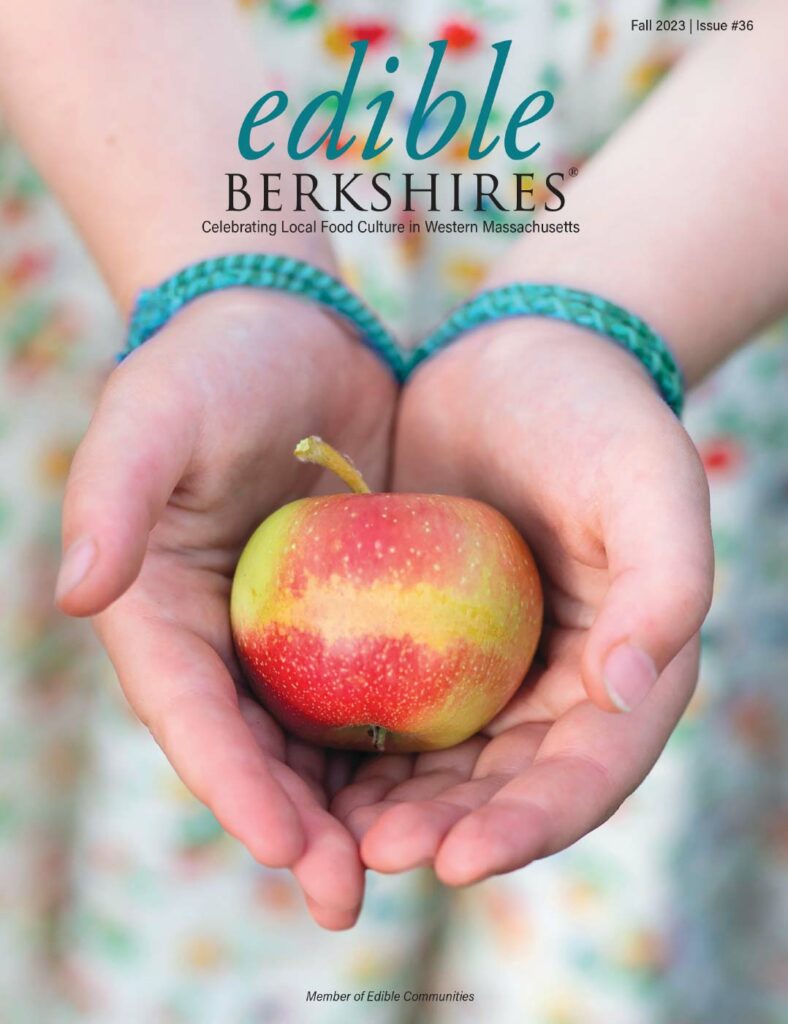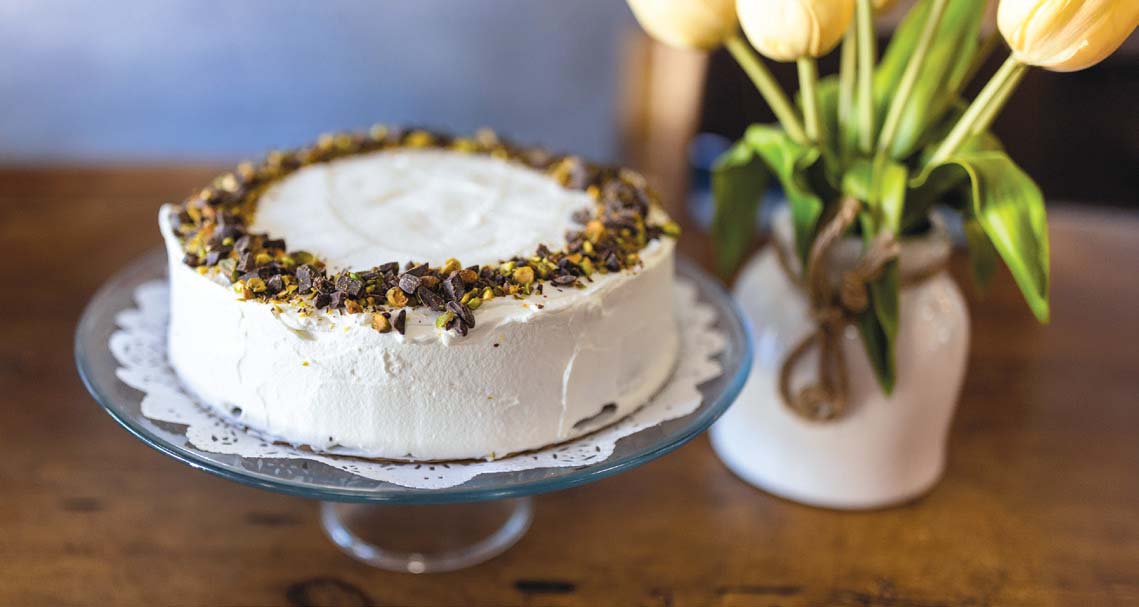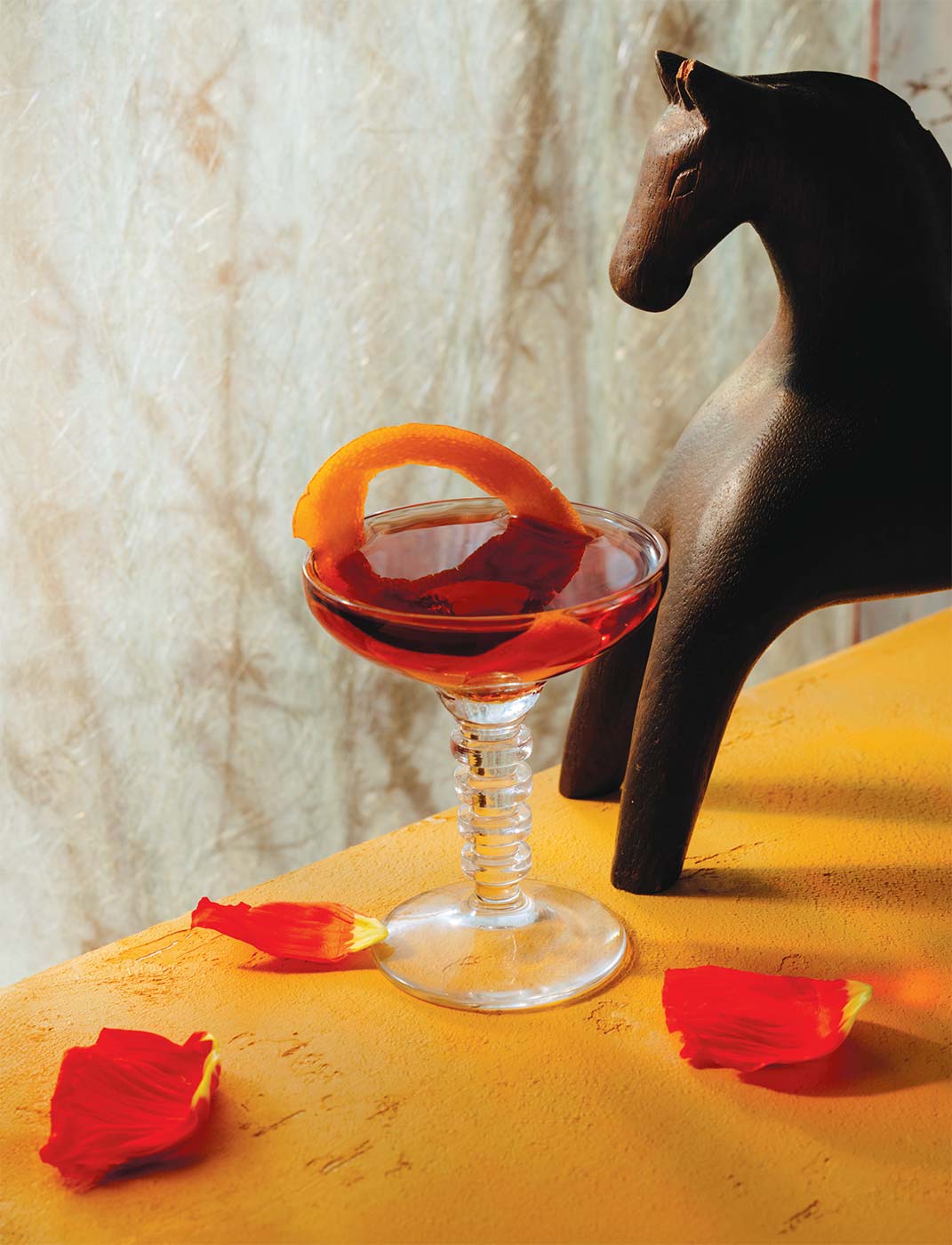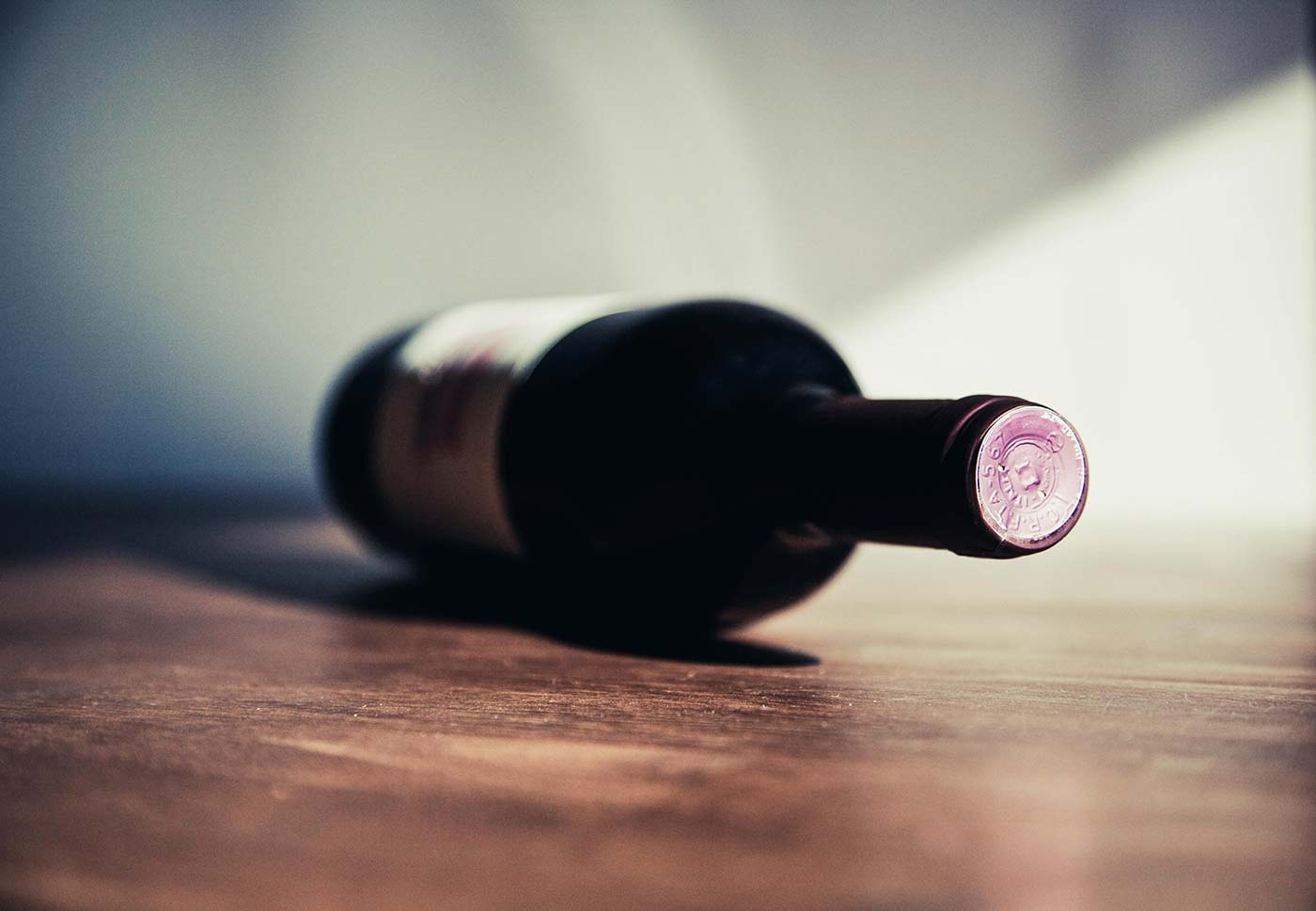The Perfect Wine for a Summer Picnic
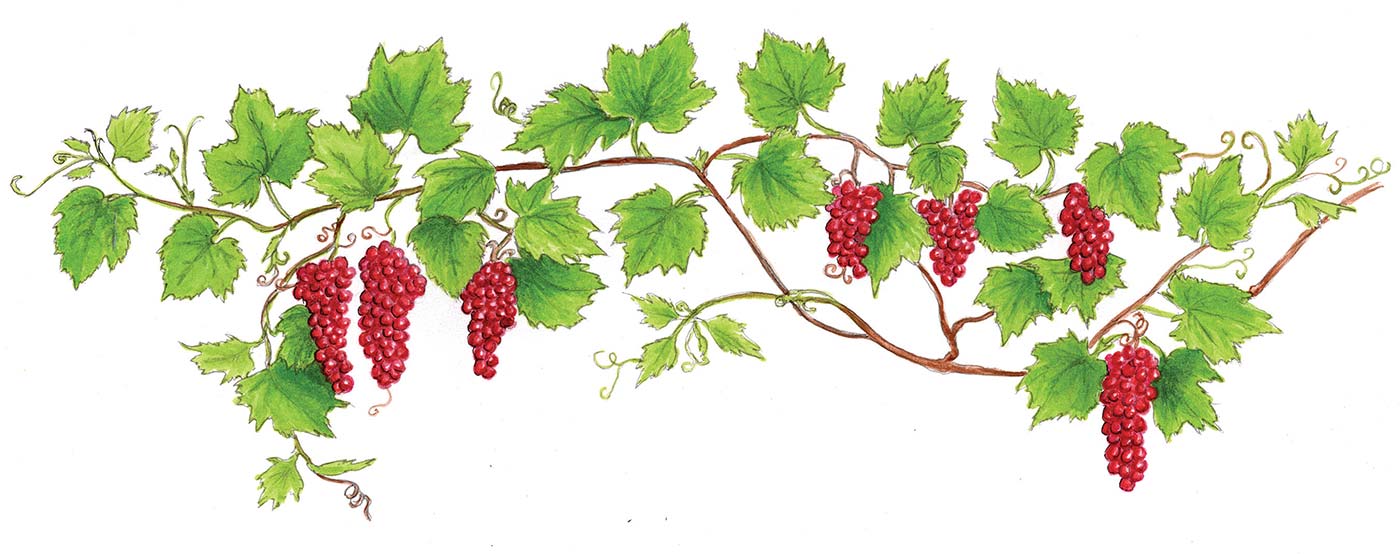
“Rosé is more than a wine, it is a lifestyle.” —Anonymous Summer has arrived in the Berkshires and we’re all planning our Tanglewood picnics and backyard gatherings with friends and neighbors. It’s the right season to reach for a bottle of chilled rosé and share the joy. Fun and versatile, the popularity of rosé wine has been soaring. While red wine production has seen a steep decline over the past 20 years (down 25% since 2004), rosé wine sales have surged by 17% in the same period. This surge in popularity is attributed to changing lifestyles, simpler diets, and the allure of lighter, more approachable wines.
When it comes to buying rosés, you will first notice an extensive array of colors. Unlike white and red wines, rosés come in a large spectrum of hues—from pale pink and sand to peach, salmon, or raspberry. While color alone cannot reliably indicate whether a wine is sweet, dry, smooth, or tannic, it can provide valuable clues about aromas and taste characteristics. Light-colored wines often exhibit a delicate fruity and floral taste, while a darker hue typically suggests a wine with more structure and a bolder flavor profile, often with hints of blackberries and cherries.
HOW ARE ROSÉS MADE?
There are two primary methods for crafting rosé. The first, which involves blending red and white wines, has fallen out of favor, and is now prohibited in the EU: It was difficult to regulate, and unscrupulous winemakers were producing poor-quality wine that was cheapening the whole rosé trade.
To illustrate the other method, let’s travel to the limestone ridge of Sainte-Victoire, 20 miles east of Aix-en-Provence, and the remarkable 5,500 acres of the Sainte-Victoire AOP. This region produces what is considered by many the best rosés in the world. As you walk through the carefully tended vineyards, surrounded by the songs of the buzzing cicadas and the scents of thyme and lavender, you realize that here, rosé is taken seriously. The technique to make a top-rated rosé consists of slowly pressing the grapes, a process known as direct press, or “saignée” in French, that carefully controls the “maceration” process, that is, the length of time the grape juices remain in contact with the skins to extract pigments and tannins. This maceration time lasts from a few minutes to a few hours for rosé. By comparison, maceration for red wines can last over a month.
ROSÉ DOES NOT IMPROVE WITH AGE
When it comes to selecting grapes, although rosé can be crafted from any black- or red-skin grape, lighter-skin varietals with vibrant fruit profiles and low tannins are preferred. Winemakers use specialized techniques to enhance a rosé wine’s freshness, acidity, and fruitiness. These include night harvesting, stainless-steel tank storing, and low-temperature vinification.
Night harvesting is necessary to produce crisp and fruity wine. Without the heat and the light from the sun, the harvested grapes are uniformly cool and produce a juice with concentrated aromas and acidity. Working nights is also preferred by the pickers: Around the Mediterranean basin, the summer temperature difference between day and night can be more than 50 degrees Fahrenheit.
At the end of the maceration, the juice is transferred to massive (up to 1,000 gallons) temperature-controlled stainless-steel tanks for fermentation. Steel tanks are preferred to oak barrels, as oak will mask the fruity aroma that rosé enthusiasts seek. Controlling the temperature is critical to slow the fermentation and preserve the crisp profile. After a short aging period, usually a few weeks, the wine is bottled and ready for consumption. Typically, rosé wine is best enjoyed within two years of purchase, as it does not improve with age.
FRANCE LEADS ROSÉ PRODUCTION
France leads the global rosé production, and Provence contributes to over half of the country’s output. Provence rosés are celebrated for their delicate pale pink or peach hues, refreshing palate, and citrus- floral aromas. However, for those seeking a more robust expression of rosé from the region, Tavel offers a compelling option. Situated just across the Rhône river from Avignon, this small village is renowned for crafting bold and intricately complex rosés, diverging from the standard Provence blend to create a unique and internationally acclaimed style.
Another region renowned for its exceptional rosés is the tranquil Loire Valley lined with numerous Renaissance chateaux overlooking the lush winding banks of France’s longest river. Most rosés from this cool climate area are dry, light, and refreshing, but there’s an interesting exception: The rosés made around the city of Angers tend to be on the sweeter side. Look for labels like “Rosé d’Anjou” or “Cabernet d’Anjou” to explore these delightful, slightly sweeter expressions of Loire Valley rosés.
If you really want to impress your guests, try a rosé Champagne. Champagne is the only region of France where producers are authorized to create a sparkling rosé by blending white and red wines: A small percentage of red wine is added to the traditional Champagne blend to add a unique complexity to the renowned wine. For special occasions, this is an excellent rosé to serve since it has a beautiful sparkling effervescent color and is fun to pour as guests see this delightful bubbly rosé hit their glass!
Rosé embodies the essence of summer, making it the perfect companion for outdoor dining experiences like picnics, barbecues, and beach outings. Its light and refreshing character lends itself to casual settings, complementing vibrant summer dishes such as Greek salad, quiche, crudités, or grilled vegetables.
BEYOND FRANCE, ROSÉS AROUND THE WORLD
Spain stands as another significant producer of rosé wines. Examples include the intensely colored and aromatic garnacha from Navarra, the mineral and citrusy mando from Valencia, or the light and crisp monastrell from Yecla.
The U.S. emerged as a prominent player in the rosé market in the ’80s, with California leading the way. American rosés showcase a wide array of styles, reflecting the country’s diverse terroirs and winemaking techniques. The elegant pinot noir, the vibrant grenache, or the playful zinfandel are just a few of the grapes in California rosé.
A fun tale is the creation of “white zinfandel,” which is, in fact, a rosé wine. It was created by accident by a Sutter Home winemaker who was trying to create a dry white zinfandel, but the fermentation stalled. Usually, when that happens, a winemaker adds more yeast or changes the temperature, but in this case, they decided to bottle it. To their surprise, it had a sweet, youthful exuberance with fruity aromas and flavors like strawberry and melon, and it became a huge hit. The white zinfandel’s light body and refreshing acidity make it an easily approachable and enjoyable wine, particularly favored by those who prefer sweeter and affordable wines. By 1987, Sutter Home white zinfandel was the best-selling wine in the U.S. Italy also boasts a rich tradition of rosé production from local grapes. For example, the ruby red and powerful “rosato” from Veneto is made with the local Bardolino grapes. Meanwhile, in Tuscany, rosés revolve around sangiovese, delivering a wine with elevated acidity and vibrant notes of red fruits, great with a pasta dish!
Let’s not forget that rosé is also made in all wine regions across the globe, including Portugal, Argentina, Chile, Australia, and New Zealand, and are rising in popularity and availability.
ROSÉ NEVER OVERPOWERS
Rosé embodies the essence of summer, making it the perfect companion for outdoor dining experiences like picnics, barbecues, and beach outings. Its light and refreshing character lends itself to casual settings, complementing vibrant summer dishes such as Greek salad, quiche, crudités, or grilled vegetables.
This versatile wine also blends beautifully with light dishes like pasta salad, shrimp cocktail, or melon and prosciutto. When paired with grilled seafood such as shrimp, lobster, salmon, or tuna, it provides a refreshing contrast with its acidity and delicate fruit flavors, enhancing the seafood’s natural taste without overpowering it.
In the summer heat, it’s best to serve your rosé chilled, ideally between 45 and 50 degrees Fahrenheit, to fully appreciate its refreshing qualities. Enjoy a relaxing summer with your favorite rosé!



